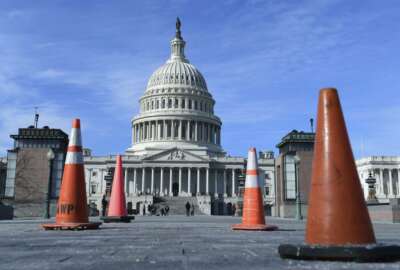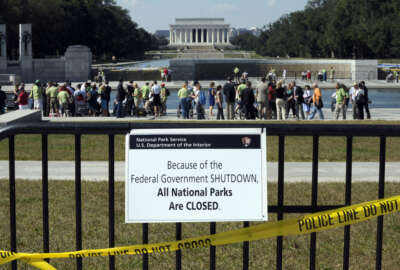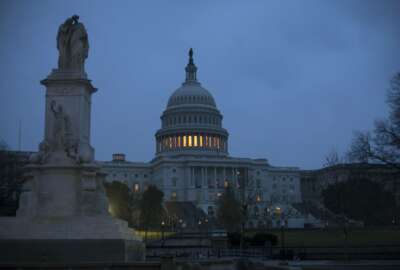
How essential is your job, seriously?
Instead of "essential" and nonessential," the labels “emergency” and “nonemergency”are being used more to describe which feds have to work in the event of a...
Back in the days before mandatory sensitivity training, people could be blunt. Some would say cruel and crude, they “called ‘em the way they saw ‘em.”
When the Washington area had one of its infamous — by Beltway standards — snow shutdowns you could almost hear the laughter and taunts from Syracuse, Denver and Boston. But with its huge federal workforce, too few bridges and the up and down terrain that goes with being a river city, Washington understood. Most of us who had to go to work anyhow were glad that hundreds of thousands of feds were not on the roads.
Feds were either labeled as “essential” or “nonessential.” The former had to come to work regardless while the latter got to stay home. Simple and effective, but it began to fester.
Most people who were allowed to stay home probably enjoyed and appreciated it. But they didn’t like the “nonessential” label, and the times they were a-changing.
At some point somebody decided a change would make more people happy and be more accurate. They created the “emergency” and “nonemergency” job categories. You would stay home in a weather emergency but still be considered essential.
But now that political rather than weather-related government shutdowns have become the new normal, some agencies are apparently using new handles. Check out this email from a Treasury Department worker:
“It’s hard to get too excited about the #SAD White House’s latest threat of another government shutdown, since during the last one they determined that unlike prior shutdowns, I and many of my coworkers were required to come to work anyway — with no guarantee of repayment later.
“They even used Orwellian double-talk to rub salt into the wound by calling us ‘exempted’ (i.e. exempted from the furlough). It reminds me of playing a pickup ballgame as a kid, until the bully who owns the ball goes home mad when he doesn’t get his way and takes the ball with him. Sad indeed.” — John
Nearly Useless Factoid
By: Amelia Brust
The most expensive commercially available pizza in the world cost $2,700, as of April 24, 2017. It is made at Industry Kitchen in New York City and contains a truffle made of black squid ink dough, white Stilton cheese from the U.K., foie gras, truffles from France, Ossetra caviar from the Caspian Sea, Almas caviar and 24-karat gold leaves.
Source: Guinness World Records
Copyright © 2025 Federal News Network. All rights reserved. This website is not intended for users located within the European Economic Area.
Mike Causey is senior correspondent for Federal News Network and writes his daily Federal Report column on federal employees’ pay, benefits and retirement.
Follow @mcauseyWFED





